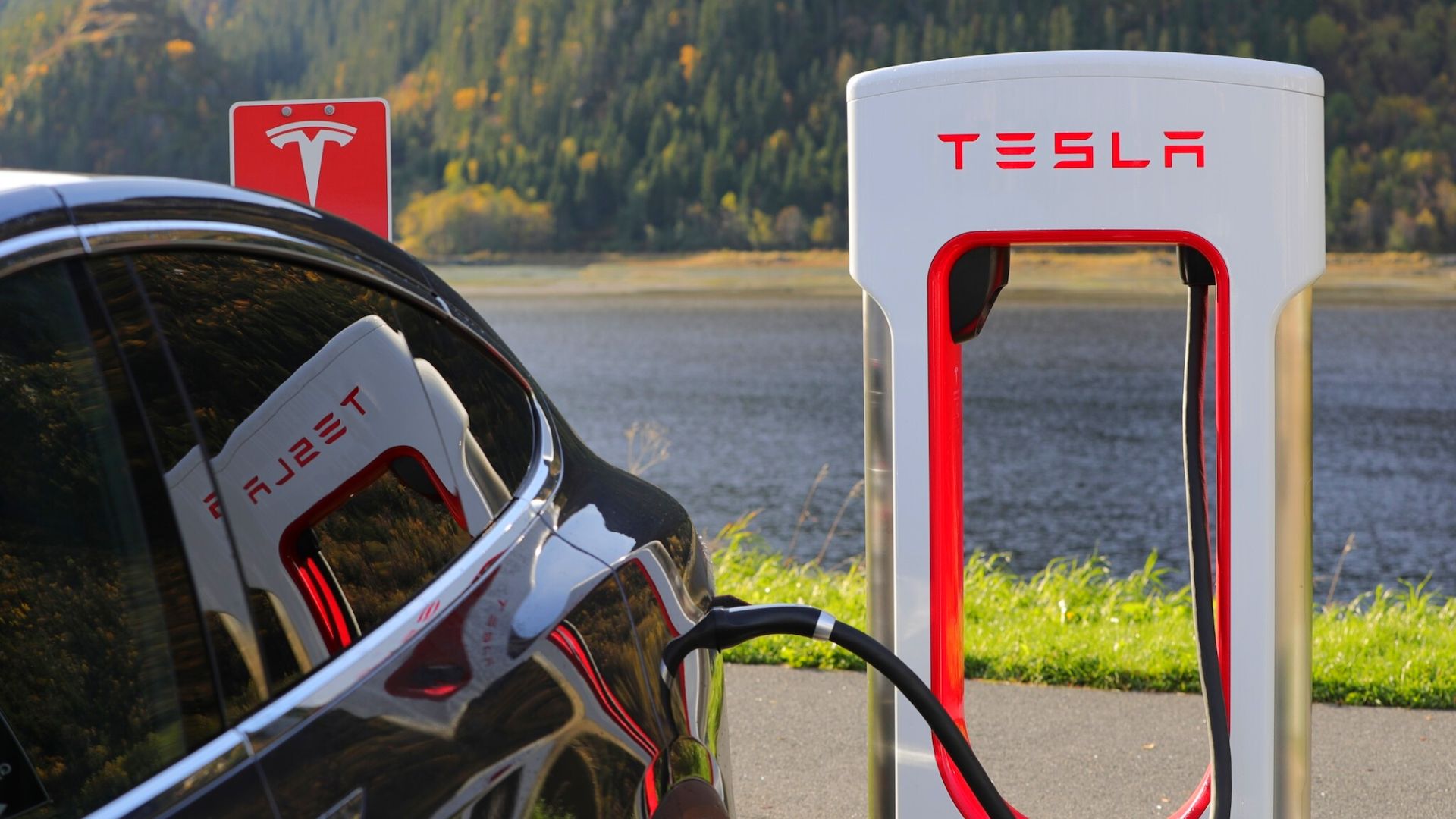The automotive industry is undergoing a profound transformation, thanks to the integration of the Internet of Things (IoT) technology in vehicles. Connected cars, once a futuristic concept, are now a reality, offering an unprecedented level of convenience, safety, and efficiency to drivers. This integration marks a significant leap forward in the evolution of personal transportation, blurring the lines between vehicles and smart technology.
The Rise of Connected Cars
- Overview: Connected cars utilize the Internet of Things (IoT) technology to communicate with various devices, systems, and services inside and outside the vehicle. This connectivity extends beyond basic features like GPS and infotainment to encompass a whole ecosystem of interactive and autonomous functionalities.
- Market Growth: The market for these vehicles has seen exponential growth, with predictions of continued expansion as more manufacturers integrate IoT technology into their vehicle designs.
Enhancing Vehicle Safety
- Preventive Measures: IoT technology in connected cars can significantly enhance safety. Advanced driver-assistance systems (ADAS), such as automatic emergency braking, collision avoidance systems, adaptive cruise control, lane-keeping assistance, and real-time traffic alerts are becoming standard features, significantly reducing the risk of accidents.
- Post-Accident Response: In the event of an accident, these cars can automatically notify emergency services, providing them with precise location data and details about the incident.
Performance Monitoring and Maintenance
- Real-Time Diagnostics: Connected cars can perform self-diagnostics, alerting drivers to maintenance needs and potential issues before they become serious problems.
- Predictive Maintenance: By analyzing data over time, these vehicles can predict when parts might fail or need servicing, scheduling maintenance proactively.
New Levels of Convenience and Comfort
- Remote Operations: IoT technology allows for remote operations like starting the car, adjusting the climate, or locking and unlocking doors using a smartphone app.
- Personalized Settings: Connected cars can adjust seating, mirror angles, climate, and entertainment preferences based on the driver’s profile.
Transforming Urban Planning and Traffic Management
- Smart City Integration: Connected cars are pivotal in the development of smart cities, where they can communicate with traffic signals and other infrastructure to optimize traffic flow and reduce congestion.
- Data Sharing for Improved Mobility: The data collected by connected vehicles can be invaluable for urban planners and traffic management systems, providing insights into traffic patterns, road conditions, and driver behavior.
Challenges and Privacy Concerns
- Cybersecurity Risks: With increased connectivity comes the risk of hacking and data breaches. Manufacturers are continuously working to strengthen cybersecurity measures to protect both the car’s systems and the driver’s personal data.
- Privacy Issues: The vast amount of data generated and collected by these cars raises concerns about privacy and data ownership, necessitating clear regulations and transparency in data handling.
The Future of Connected Cars
- Integration with Autonomous Vehicles: The future of connected cars is closely linked with the development of autonomous driving technology. The IoT infrastructure is expected to play a crucial role in the advancement of fully self-driving cars.
- Eco-Friendly Innovations: Connected vehicles are also at the forefront of eco-friendly innovations, with features like optimized route planning and energy saving mechanisms
The Road Ahead
Looking to the future, the integration of connected cars and IoT technology is expected to pave the way for fully autonomous vehicles. The data collected by these connected vehicles is invaluable in developing the AI systems necessary for self-driving cars.
Connected cars are more than just a technological advancement; they represent a shift in how we view and use automobiles. They offer a safer, more efficient, and more enjoyable driving experience, and they are a critical step toward the future of autonomous vehicles. As we move further into the 21st century, the road ahead looks increasingly connected, with cars becoming an integral part of our digital lives.












